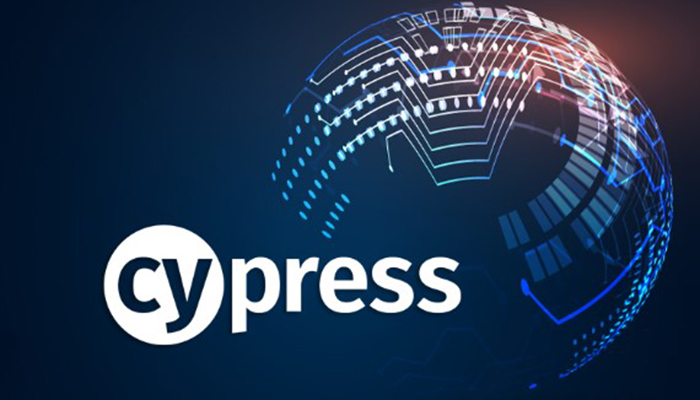Cypress: The Modern Approach to Front-end Testing

Introduction:
Cypress is an open-source end-to-end testing framework designed specifically for modern web applications. It has gained popularity among developers and testers due to its simplicity, powerful features, and fast execution. In this article, we will explore the key features and advantages of Cypress and understand why it has become a preferred choice for front-end testing.
Key Features of Cypress:
Time-Travel and Real-Time Reload:
Cypress provides a unique feature called time-travel, which allows developers and testers to watch the application’s behavior in real-time as the tests run. This feature enables easier debugging by providing a visual representation of the application state at any given point during test execution. Additionally, Cypress automatically reloads the application in real-time when changes are made, providing instant feedback during development and testing.
Automatic Waiting and Retries:
Cypress intelligently waits for elements and actions to become available before performing assertions or interactions. It eliminates the need for manual waits and sleeps, ensuring that tests run smoothly and reliably. Cypress also automatically retries failed assertions and commands, making tests more resilient to flaky elements or network issues.
Interactive Test Runner:
Cypress comes with an interactive test runner that provides real-time feedback as tests are executed. It displays detailed information about test execution, including test status, command logs, screenshots, and videos. The test runner allows developers and testers to pause and debug tests directly in the browser, enabling faster identification and resolution of issues.
Time-Saving Developer Tools:
Cypress provides a range of developer-friendly tools to streamline the testing process. These include the ability to inspect and modify the application’s DOM, interact with network requests, stub and spy on server responses, and even mock server behavior. These tools allow for comprehensive testing and troubleshooting without the need for additional tools or libraries.
Advantages of Cypress:
Easy Setup and Minimal Configuration:
Cypress offers a straightforward setup process, with minimal configuration required to get started. It provides a comprehensive set of default configurations that work well for most applications, allowing testers to focus on writing tests rather than spending time on complex setups. Cypress also eliminates the need for external dependencies like Selenium or WebDriver, simplifying the testing environment.
Fast and Reliable Tests:
Cypress’s architecture and design prioritize speed and reliability. It runs directly in the browser, providing fast execution and real-time feedback. With automatic waiting and retries, tests are less prone to flakiness, resulting in reliable and consistent test results. Cypress’s intelligent test runner also allows for efficient parallel test execution, further enhancing speed and productivity.
Excellent Debugging Capabilities:
Cypress’s time-travel feature, along with its interactive test runner, makes debugging tests a breeze. Developers and testers can easily inspect and analyze the application’s state at any point during test execution. This significantly reduces the time and effort required to identify and resolve issues, resulting in faster test debugging and more efficient development cycles.
Seamless Integration and Community Support:
Cypress seamlessly integrates with popular testing frameworks and build tools like Mocha, Chai, and Webpack. It also provides plugins and extensions to extend its capabilities and integrate with other tools and services. Cypress has a vibrant and active community that contributes to its development and provides support through forums, documentation, and tutorials.
Conclusion:
Cypress has emerged as a modern and powerful framework for front-end testing. Its intuitive syntax, interactive test runner, automatic waiting, and real-time reload features make it a preferred choice for developers and testers. With Cypress, organizations can achieve faster and more reliable testing, leading to improved software quality and enhanced user experiences.
Follow – https://www.healthcaresutra.com for More Updates



